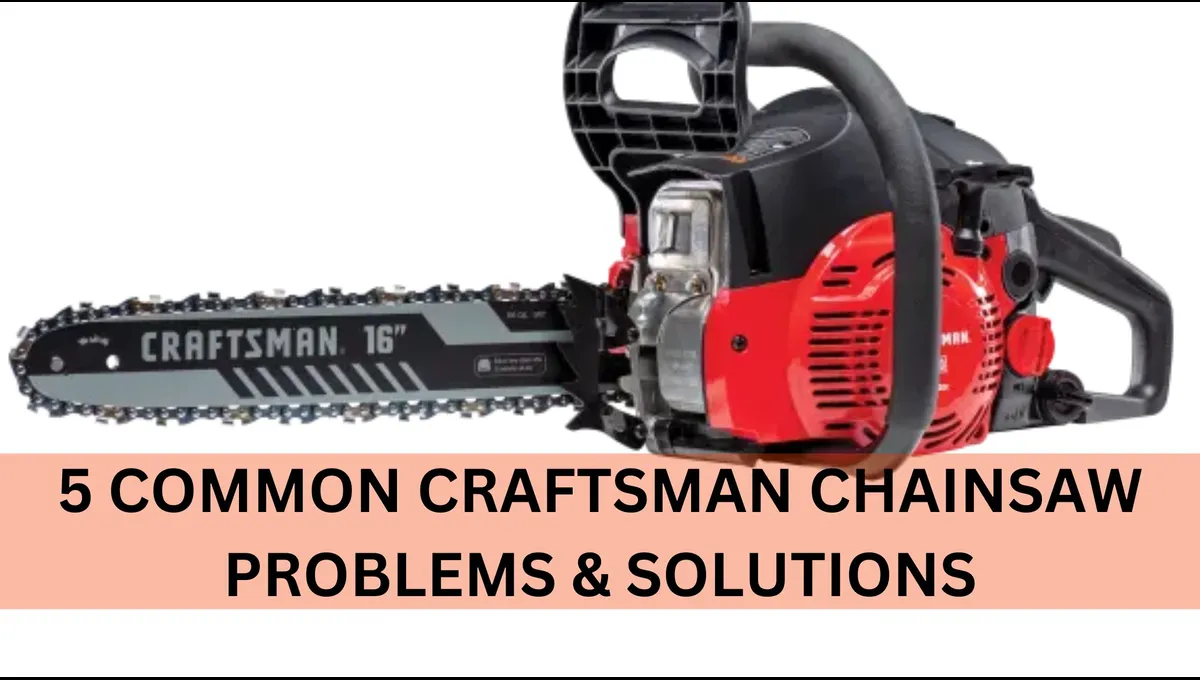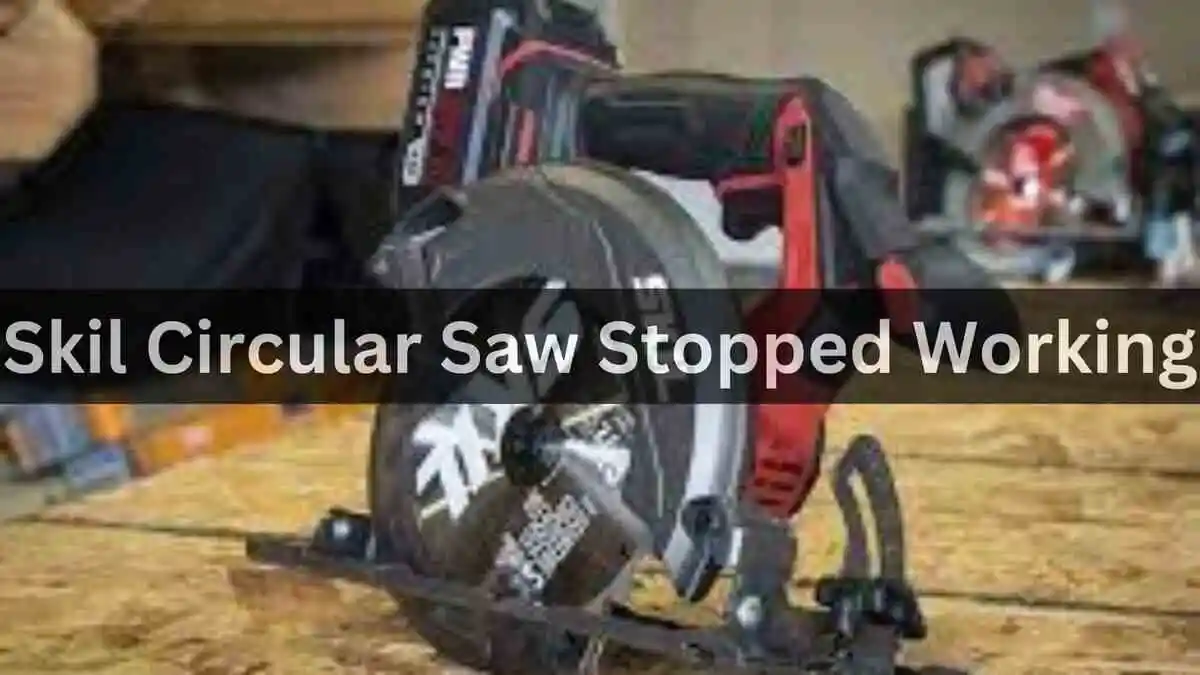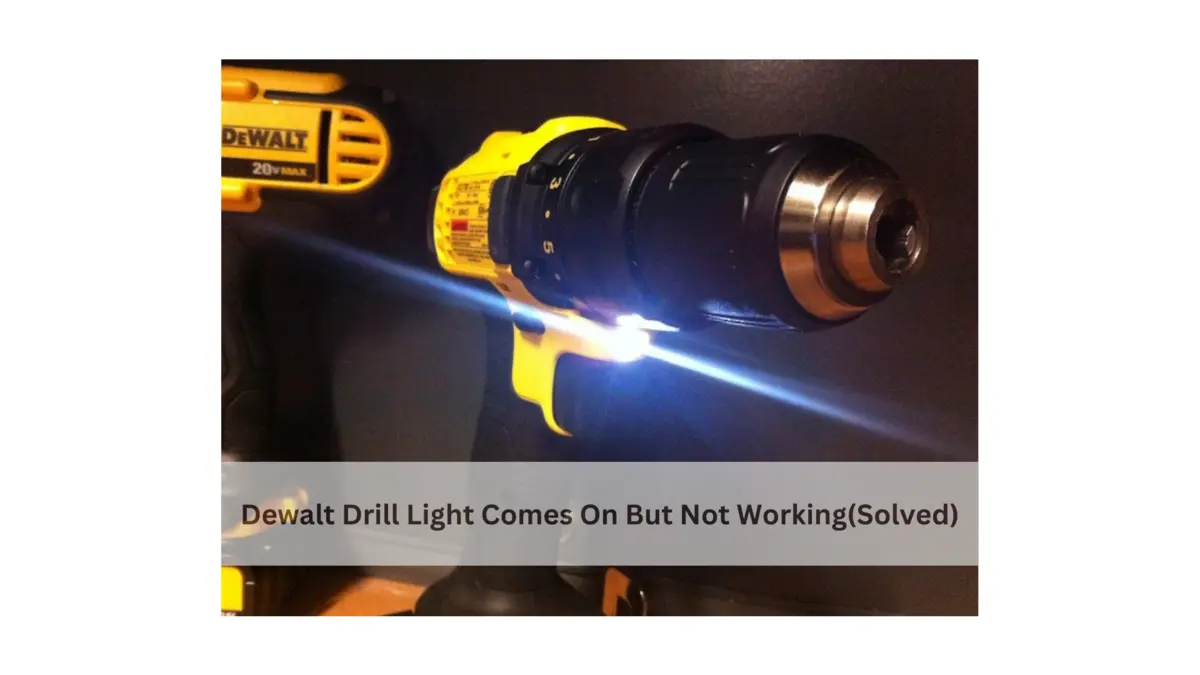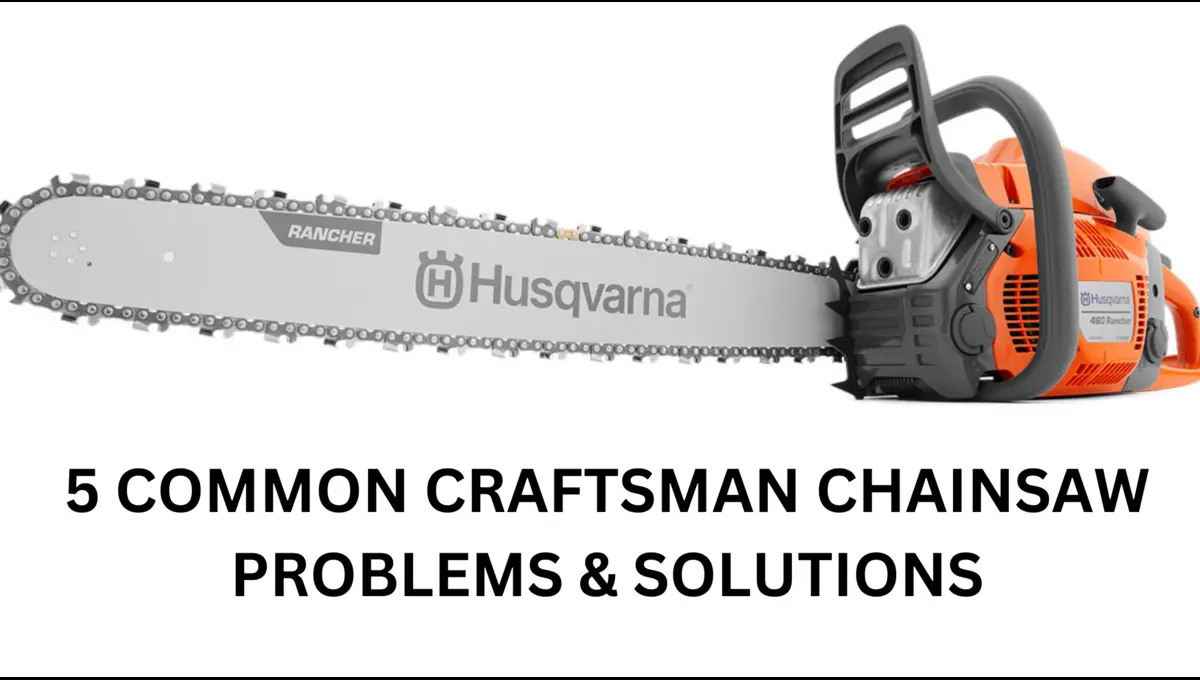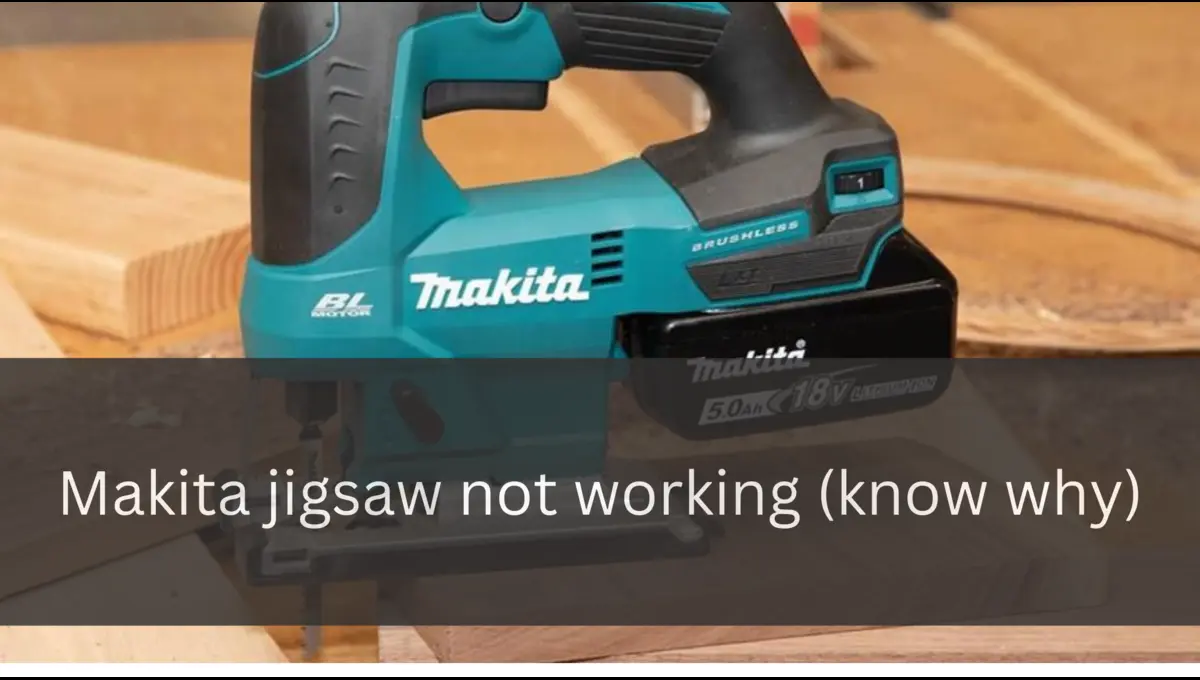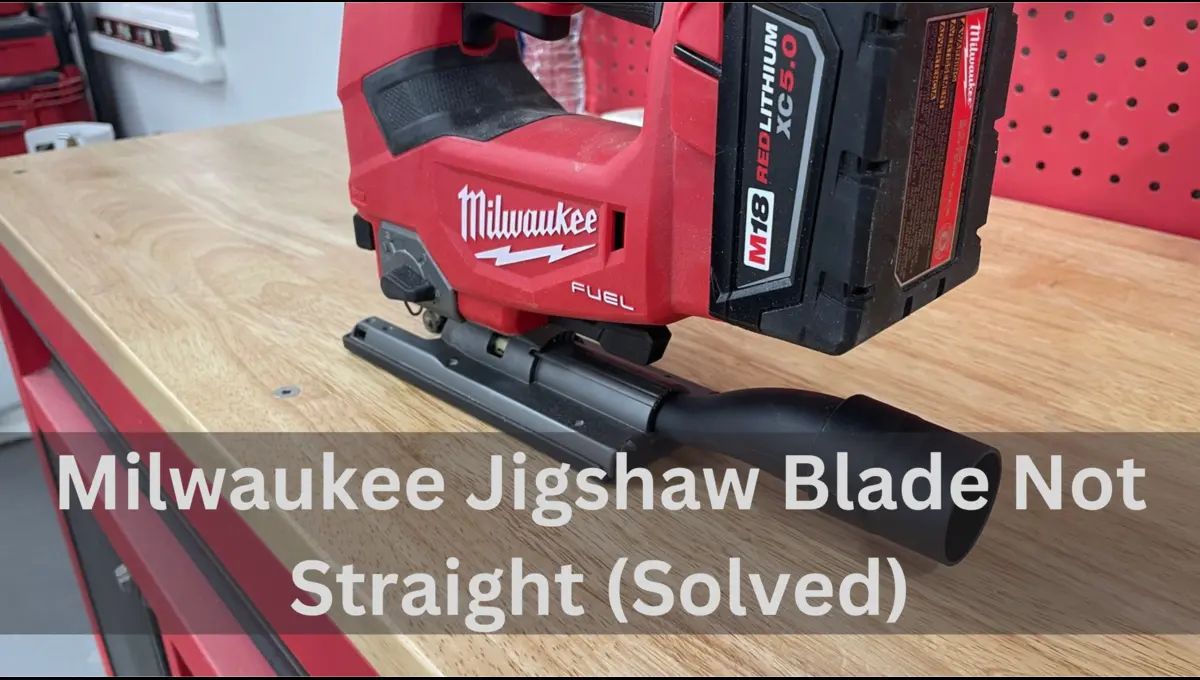Craftsman chainsaws are great tools. From cutting logs for your camping or in any other industrial work, Like all machines, they can sometimes have problems. This guide will help you understand common craftsman chainsaw problems and give you simple solutions to fix them.
Whether you’re new to using chainsaws or dealing with bigger problems, this guide is here to help you keep your Craftsman chainsaw working well.
Few Things To Know:
First Thing First: If you have just bought your craftsman chainsaw and it was working fine for few hours and later on started to cause problems then their is a possibility of manufacture defect in the chainsaw in this case if you have time you should immediately return the chainsaw, otherwise if you are facing problems after the return date has ended then go for claiming warranty.
The Lifespan: According to tests carried on craftsman chainsaw it is studied that it has average lifespan of 16 months and in many other cases only 12 months. In this case go for buying new chainsaw as the problems after this age are impossible to fi don’t waste your time. You can buy new chainsaw. Following chainsaw are best to buy.
- BLACK+DECKER Electric Chainsaw
- SKIL PWR CORE 20 Brushless
- CRAFTSMAN Electric Chainsaw, 16-Inch, 12-Amp
5 Common Craftsman Chainsaw (Problems & Solutions)
1. Starting Issues:
Sometimes, starting your chainsaw can be tricky because of things like a broken or slipping part in the flywheel, a spark plug not working right, or problems with the switch inside.
If you’re having trouble starting, a good way to handle it is by checking the flywheel part, changing the spark plug if necessary, and looking closely at the switch to make sure it’s working.
These steps help fix the main reasons your chainsaw might be hard to start, making it work better. Doing regular checks and changing parts when needed keeps your chainsaw working well for a long time.
2. Chain Issues:
Chain related issues like, misalignment, tightness, looseness, bluntness, or missing teeth. These issues play a significant role in impacting the cutting performance of a chainsaw.
It is crucial to ensure the chain is correctly tensioned, adhering to the manufacturer’s guidelines. Regular sharpening of the chain is essential for maintaining its cutting efficiency.
Routine maintenance practices contribute significantly to the overall effectiveness of the chainsaw, ensuring smooth and optimal cutting results. Taking proactive measures to address chain-related issues enhances the longevity of the chainsaw and promotes safe and efficient operation.
3. Motor Issues:
Encountering glitches with your electric chainsaw’s motor? Operational problems may arise if the motor is not functioning correctly.
Users should meticulously assess the motor’s performance, ensuring it operates smoothly. In case of persistent issues, seeking professional assistance for motor-related problems is strongly recommended. Regular maintenance checks on the motor contribute to prolonged chainsaw efficiency and performance.
Obstructions and Interferences: For a comprehensive motor check, remove the housing cover and inspect for foreign objects, broken teeth from gears, and other potential interferences. Manually spin the shaft of the turned-off and idle motor to identify any obstructions that might hinder its smooth functioning.
Carburetor Issues: A clogged carburetor can be a culprit behind motor problems. Verify proper fuel mixing, clean the fuel filter, and ensure the fuel lines are free from blockages. Addressing carburetor issues is essential for maintaining optimal chainsaw performance and preventing motor-related complications.
4. Mixing the Right Oil and Gas Ratio:
To keep your chainsaw working well, it’s super important to get the right mix of oil and gas. Chainsaws have two-cycle engines, and they really need the oil mixed with the gasoline to run smoothly.
If you forget to add oil, the engine might get damaged. To protect your engine, make sure to use a special kind of oil made for two-cycle, air-cooled engines. Don’t use car or boat oil because they might not give the engine the right kind of protection.
Caution Against Ethanol or Methanol Blends: It’s imperative not to use gas blended with ethanol or methanol in your chainsaw. These blends can become acidic over time and pose a risk of damaging your engine if left in the tank. Ethanol, in particular, is known to create corrosive conditions.
Following the guidelines provided in your chainsaw owner’s manual regarding the gas-to-oil ratio is essential. Adhering to these specifications ensures proper lubrication and protects your chainsaw from potential damage.
Fuel Delivery Issues and Carburetor Care: Problems with fuel delivery can arise, especially after prolonged periods of inactivity. In such cases, fuel may transform into a sludgy substance, obstructing various ports in the carburetor. A recommended solution is to address this issue by removing the carburetor and soaking it in starting fluid (ether).
Thoroughly cleaning the carburetor, paying attention to the air/fuel mix screws, ensures they are clean and properly adjusted. The use of ethanol in fuel can contribute to corrosion, emphasizing the importance of using the recommended octane level and treating the fuel with a stabilizer, especially if the chainsaw remains unused for an extended period.
5. Taking Care of the Chain and Chain Brake:
Ensuring your chainsaw performs at its best involves routine practices. Before each use, sharpen the chain to maintain cutting efficiency if you have regular use. Follow the owner’s manual for proper lubrication to keep the chain and engine working smoothly. Adjust the tension as recommended to prevent issues during operation.
Regularly inspect the chain brake for safety measures, ensuring it functions correctly. By incorporating these practices into your chainsaw maintenance routine, you not only enhance its cutting performance but also extend its overall lifespan.
6. Additional Troubleshooting Tips:
Engine smoking can be addressed by ensuring the choke is off, cleaning the air filter, adding fresh fuel with the correct gas-oil ratio, and adjusting the carburetor. If the chain isn’t moving, users should check if the chain brake is engaged, verify the blade’s tension, and adjust the carburetor if necessary. Chain clattering can often be resolved by increasing chain tension.
Conclusion:
Craftsman chainsaws are robust tools, and users can troubleshoot common issues with a combination of regular maintenance and adherence to proper operating procedures. A well-maintained chainsaw not only ensures optimal cutting performance but also enhances user safety. For persistent issues, seeking professional assistance is recommended to address complex problems effectively.
